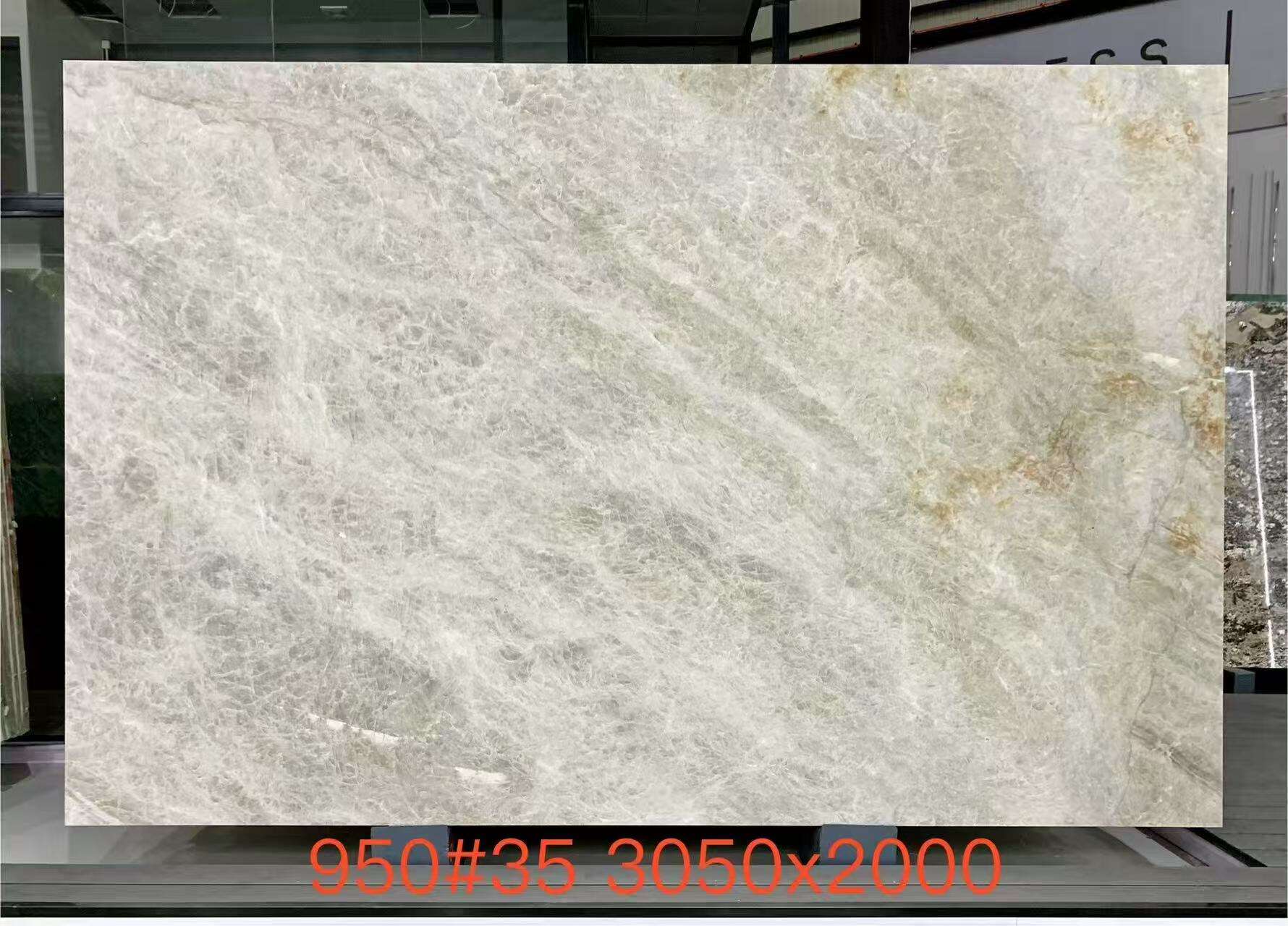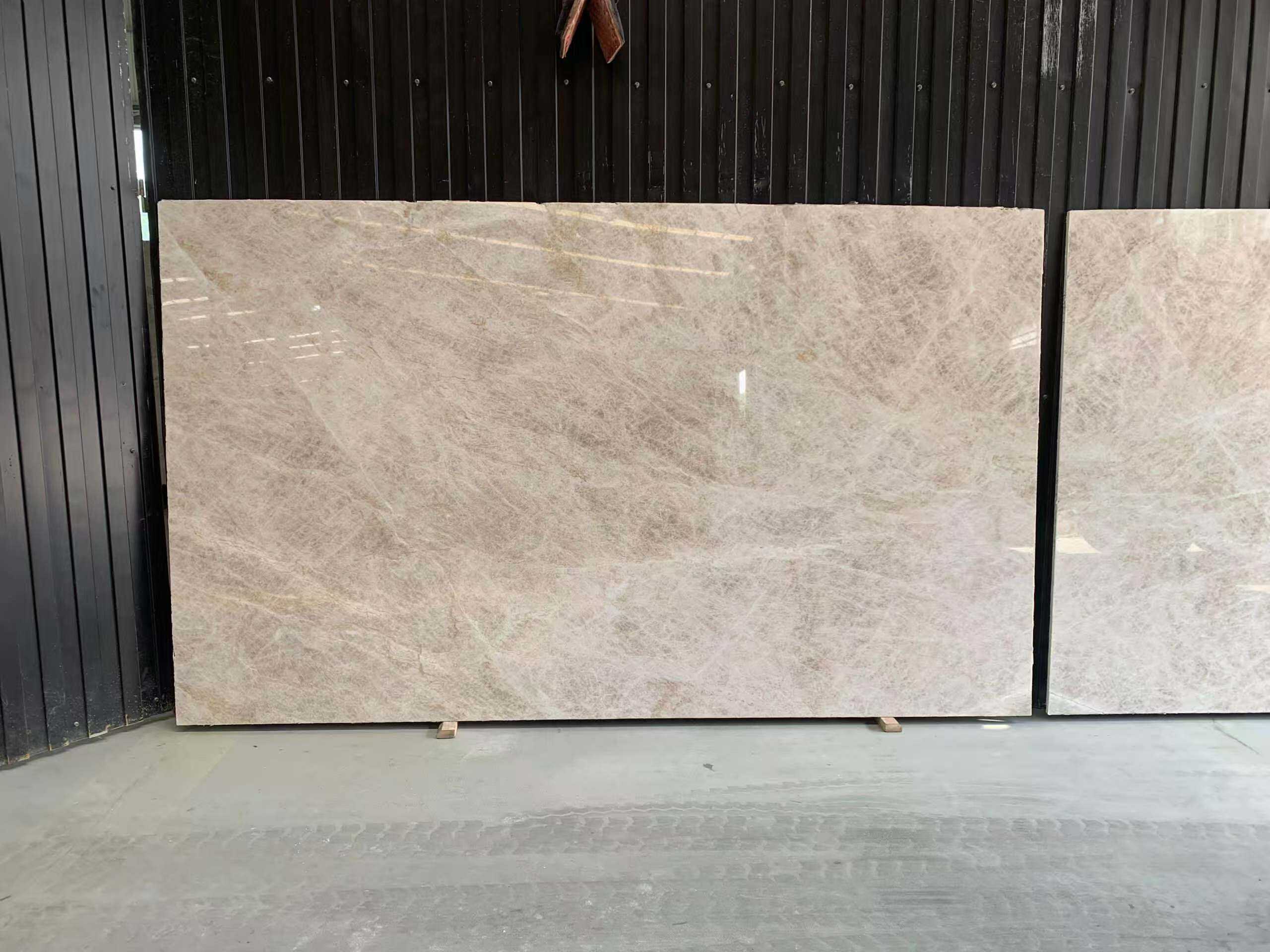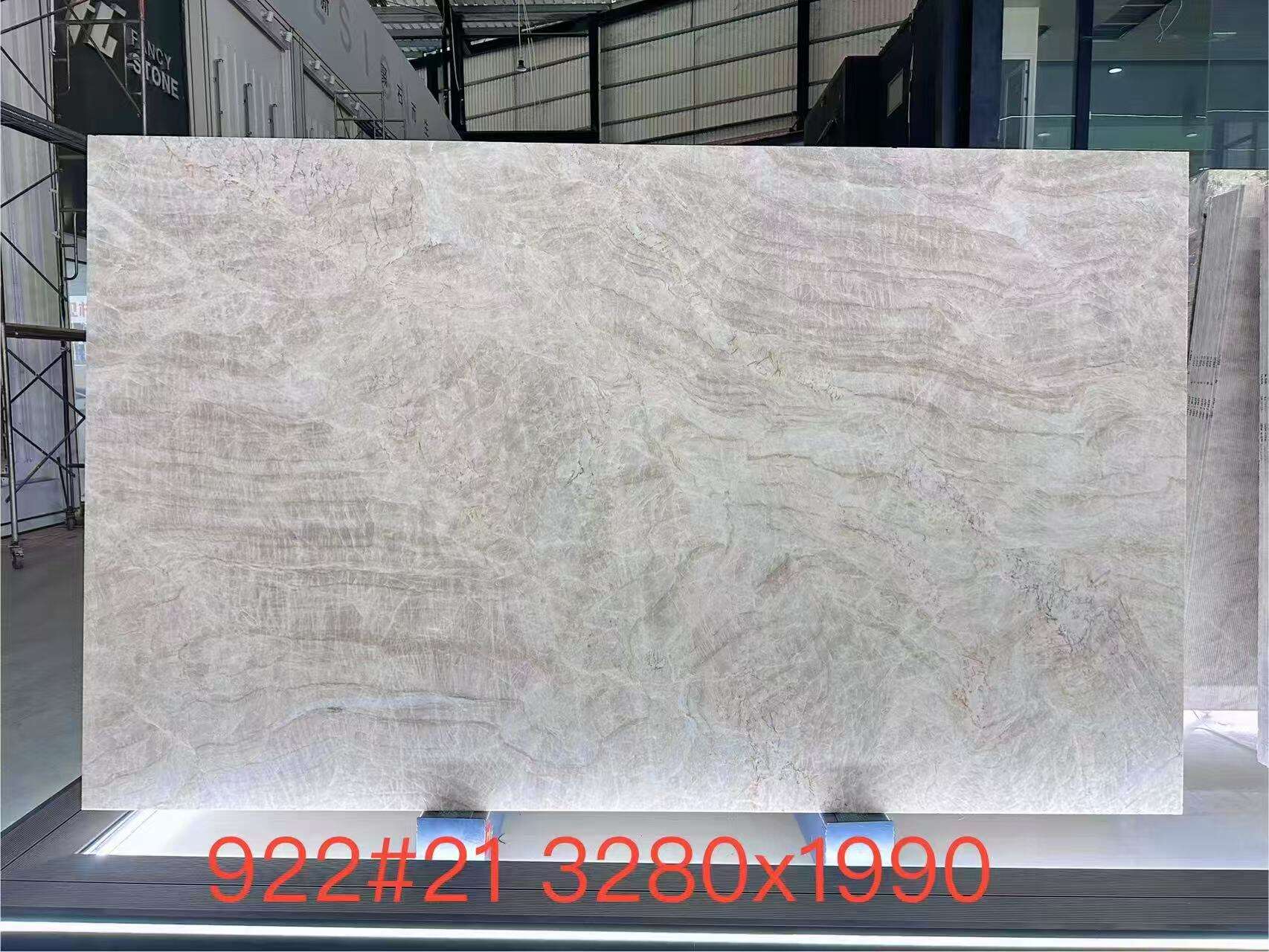taj mahal stone price
The Taj Mahal stone price reflects the exceptional quality and historical significance of the materials used in this architectural masterpiece. The primary stone used in the Taj Mahal is white marble, sourced from the Makrana quarries of Rajasthan, India. This premium grade marble commands significant market value due to its pristine white color, durability, and cultural importance. The current market price for Makrana marble ranges from $150 to $500 per square meter, depending on quality grade and thickness. The original construction utilized approximately 28 different types of precious and semi-precious stones for inlay work, including jade, crystal, turquoise, lapis lazuli, and sapphire. Modern replications of these decorative elements significantly influence the overall price structure. The stone pricing also varies based on factors such as extraction method, transportation costs, and processing requirements. Contemporary applications of Taj Mahal-style marble work in luxury construction projects typically involve both the main structural marble and decorative stone elements, with prices reflecting both material costs and specialized craftsmanship.


